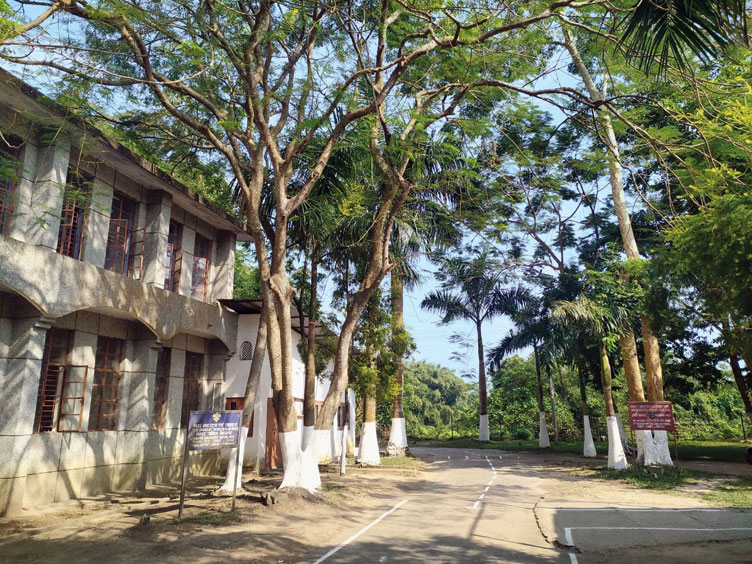March brought a surprise for some 650 Jawahar Navodaya Vidyalayas across the country. A proposal has been floated to convert some JNVs into Sainik Schools in the states of Madhya Pradesh, Chhattisgarh and Odisha. Considering this proposal, ‘establishing a new school’ can now also mean restructuring a pre-existing one. There is a high possibility that more JNVs may be converted into Sainik Schools as the Union budget of 2021 mentioned that the government aims to establish 100 new Sainik Schools.
This proposal has been met with opposition on grounds such as a fee hike and the exclusion of students from rural areas. However, apart from these well-placed concerns, there is a bigger reason that warrants our attention in this matter. The ignorance of the government in appreciating the fundamental difference in the objectives and purposes behind establishing these two different types of schools can lead to a major setback for students from rural India.
The idea of Sainik Schools was conceptualized in the 1960s. The vision statement of the Sainik Schools Society unambiguously says that they shall act as feeder institutions to the National Defence Academy and other military academies. Individual aspirations of students are thus expected to be in line with this vision. Unsurprisingly, the Sainik Schools Society, responsible for the management of Sainik Schools, works under the supervision of the ministry of defence.
JNVs are managed by the Navodaya Vidyalaya Samiti. It functions through an executive committee chaired by the minister for education. JNVs came into existence almost three decades after the first Sainik School started. These residential schools were conceptualized with different objectives in mind. While Sainik Schools were meant to create a pool of eligible candidates to join the armed forces, JNVs were supposed to provide quality education to students from rural areas irrespective of the career they aspired to. Accordingly, the fee in JNVs has been kept low to make them affordable for the targeted group. Over the years, an impressive number of students from JNVs have joined IITs and other prestigious educational institutions. They are now proudly serving in the private as well as the public sector. They are entrepreneurs and professionals who are aiding the growth of the nation. They are bureaucrats and armed forces officers contributing to the governance and defence of the country. JNVs continue to provide many students an opportunity to dream big.
The difference in the conceptualization of these schools is not limited to the difference in the expected career outcomes. Sainik Schools have traditionally admitted only boys since female candidates are not considered for recruitment at the NDA or other military academies recruiting cadets after Class XII (except for Armed Forces Medical College and Army College of Nursing). JNVs on the other hand are co-educational institutions by design since their inception. JNVs have been instrumental in promoting co-education and educational parity.
While Sainik Schools were created specifically to meet a functional requirement of the nation, JNVs were designed to meet the aspirations of the nation. It is important that the government keeps this diversity of purpose in mind before going ahead with the proposed conversion of JNVs into Sainik Schools. A Sainik School cannot serve the objectives of a JNV. Even if a Sainik School is better funded than a JNV, it cannot provide a similar environment to the students.
At present there is only one JNV in every district with a few exceptions. In my opinion, we need many more JNVs than we presently have. After all, a strong nation requires a large, talented and well-educated workforce. We must continue to enable our students from rural India to become engineers, doctors, lawyers, accountants, entrepreneurs or whatever they wish to become, and be a part of this workforce.












